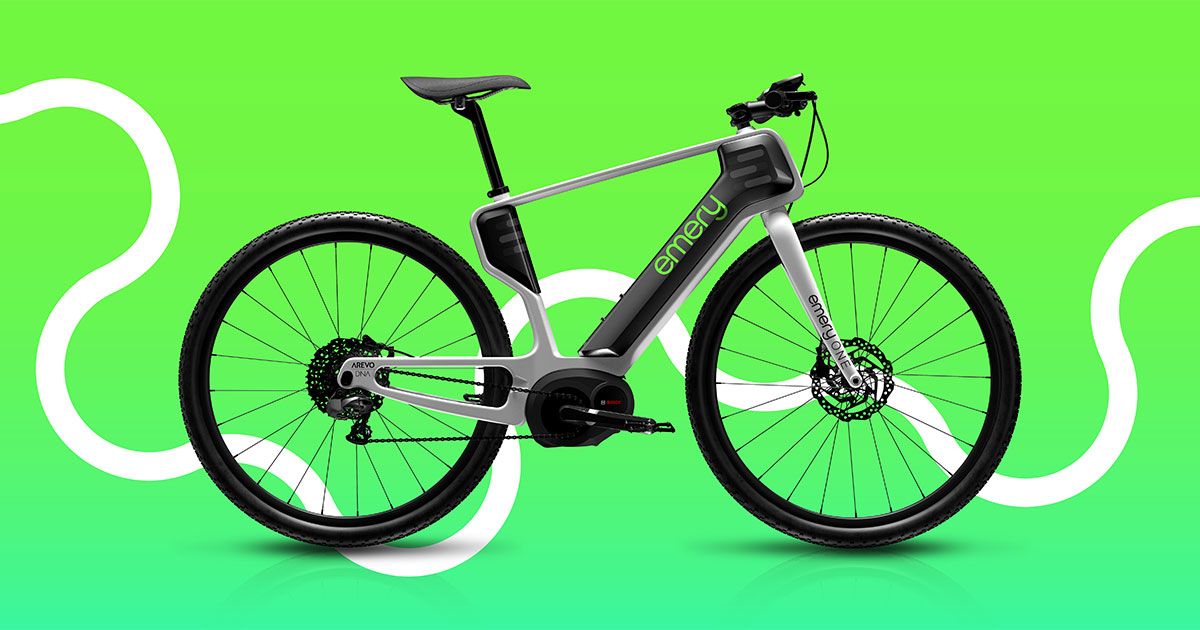First the E-Bike, Next the Flying Car

Carbon fiber composites areincredibly strong for their weight; that’s why they’re key to the newest aircraft designs. However, they’re only strong in one direction, so they’re generally layered or woven in grid patterns before being shaped into structures. That means one set of fibers carries the load some of the time, and another set carries it atother times—which is not the most efficient use of the material.
In 2014, Hemant Bheda was CEO of Quantum Polymers, a company that makes extruded plastic rods, plates, and other shapes for machined parts. The company used chopped up carbon fiber in some of its materials, but a potential customer asked for a material which would require continuous carbon fiber to be embedded in a polymer material in carefully laid paths that would give the materialsuper mechanical properties. That, however, would take more time, more people, and more money.
In late 2016, Bheda and Mondesir pitched venture capitalist Vinod Khosla on the concept. “He got it immediately,” Bheda said, as did Bill Gates, who Khosla quickly brought in to meet with the Arevo team. They “immediately comprehended the potential, that our approach was a radical departure from the current way fibers are stacked, that it would optimize how we used the fibers, [and] lead to less material” being needed, Bheda said.
Source: ieee.org